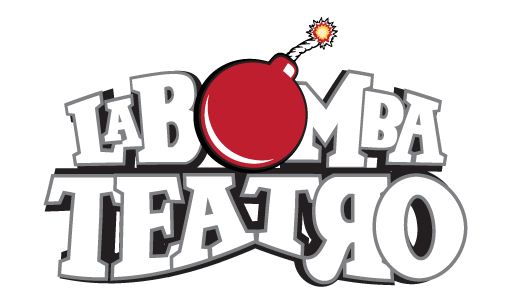In addition to fixed floating swaps, there is another type of commodity swap called commodity swap for interest. In this type of swap, one party agrees to pay a return based on the price of the commodity, while the other party is tied to a variable interest rate or an agreed fixed interest rate. This type of swap includes a notional principal amount – a predetermined dollar amount on which the exchanged interest payments are based – a specific duration and predefined payment terms. This type of swap protects the commodity producer against the downside risk of a bad yield in the event of a fall in the market price of the commodity. After a year, when LIBOR is 3.5% and the S&P 500 rises 15%, the first party pays 15% to the second part and receives 5.5%. The payment is cleared at the end of the exchange, with the second party receiving a payment of $95,000 or [$1 million x (15% – 5.5%)]. In general, the floating component of the swap is held by the consumer of the good in question or by the institution willing to pay a fixed price for the good. The fixed component is usually owned by the producer of the commodity, who agrees to pay a variable interest rate determined by the spot market price of the underlying commodity. In a total return swap, the party receiving the total return receives all the income and benefits generated by the asset if the price of the asset increases during the term of the swap. In return, the recipient of the total return must pay the owner of the asset the interest rate set during the term of the swap. From the point of view of the bond payer, the swap can be considered to have the opposite positions. That is, Swap oranları, bir kişinin; kısa vadeli piyasalar karşısında talep ettiği sabit oranlardır. Swap oranları, piyasada birbirinden farklı swap türlerine uygulanmaktadır.
The value of a swap is the net present value (NPV) of all expected future cash flows, essentially the difference in leg value. A swap is therefore “zero value” when it is first initiated, otherwise one party would have an advantage and arbitrage would be possible; However, after this time, its value may become positive or negative. [4] A total return swap is similar to a chip swap; However, with a bullet swap, the payment is deferred until the swap ends or the position is closed. Suppose two parties enter into a one-year total return swap where one of the parties receives the London Interbank Offered Rate (LIBOR) in addition to a fixed margin of 2%. The other party receives the total return of the Standard & Poor`s 500 Index (S&P 500) with a face value of $1 million. A base swap consists of exchanging variable interest rates according to different money markets. The investor is not replaced. The swap effectively limits interest rate risk due to different credit and borrowing rates.
[20] Exchanges; it can be traded based on exchange rates, interest rates, stock market indices and commodity prices. Unlike most options and futures, swaps are not an exchange-traded instrument. Instead, swaps are a contract that is traded on over-the-counter markets. Cross-currency swaps or interest rate swaps are the most common types of swaps on the market. Swaps were first introduced to the public in 1981 when IBM and the World Bank signed a swap agreement. [7] Today, swaps are among the most traded financial contracts in the world: the total amount of interest rates and cross-currency swaps in circulation amounted to more than $348 trillion in 2010, according to the Bank for International Settlements (BIS). [8] Although this principle applies to any swap, the discussion that follows refers to ordinary interest rate swaps and is representative of purely rational pricing as it excludes credit risk. For interest rate swaps, there are indeed two methods that (must) deliver the same value: in terms of bond prices or as a portfolio of futures contracts.
[4] The fact that these methods are consistent underlines the fact that rational prices will also apply between instruments. Swaps are mainly over-the-counter contracts between companies or financial institutions. Retail investors generally do not engage in swaps. [5] The end result is that the consumer of the commodity receives a guaranteed price over a certain period of time and the producer is in a hedged position that protects him from a drop in the price of raw materials during the same period. As a rule, exchanges of goods are invoiced in cash, although physical delivery may be specified in the contract. A total return swap is a swap agreement in which one party makes payments based on a fixed, fixed or variable interest rate, while the other party makes payments based on the return on an underlying asset that includes both the income it generates and all capital gains. With total return swaps, the core asset called a benchmark is usually a stock market index, a basket of loans or bonds. .
